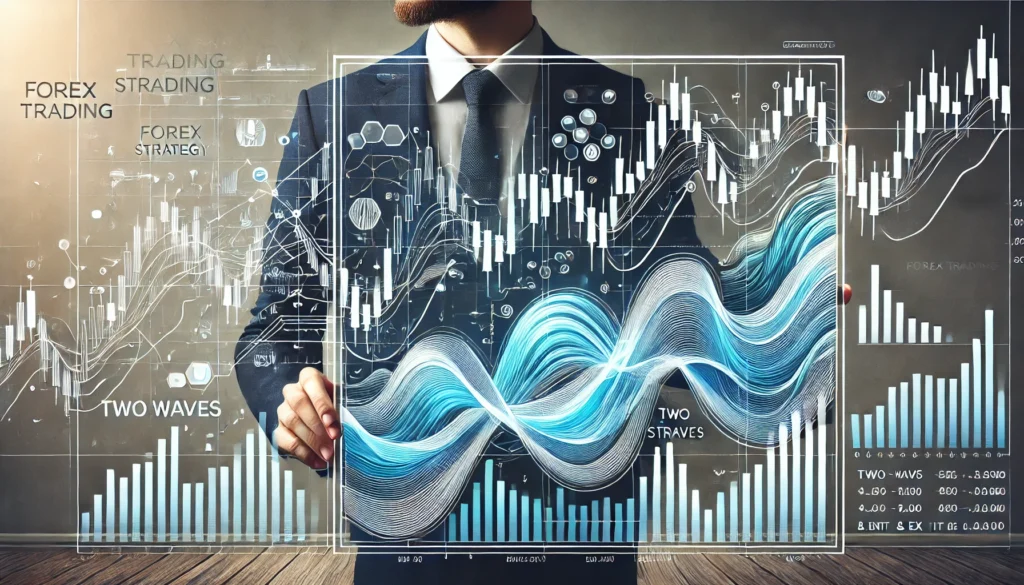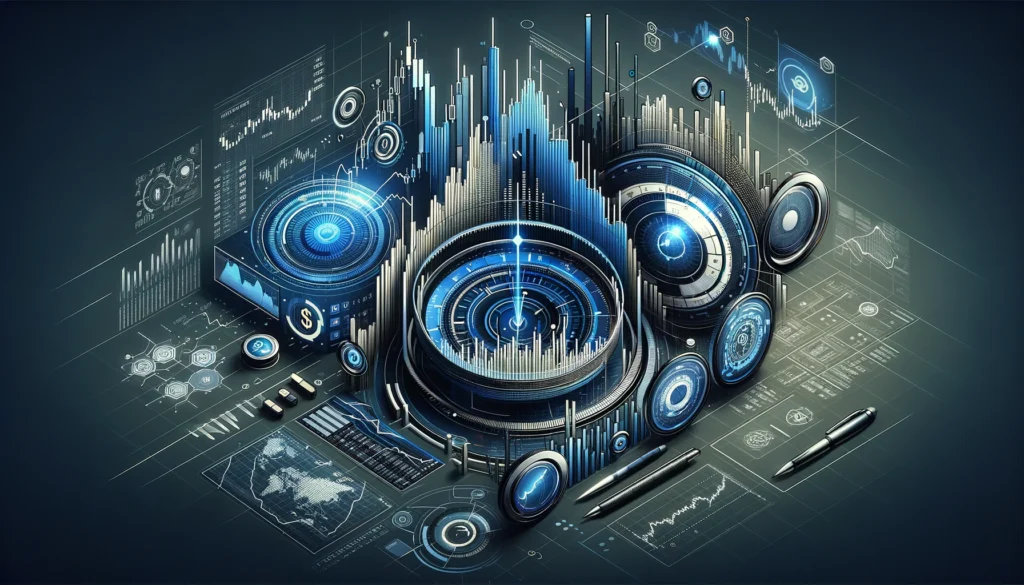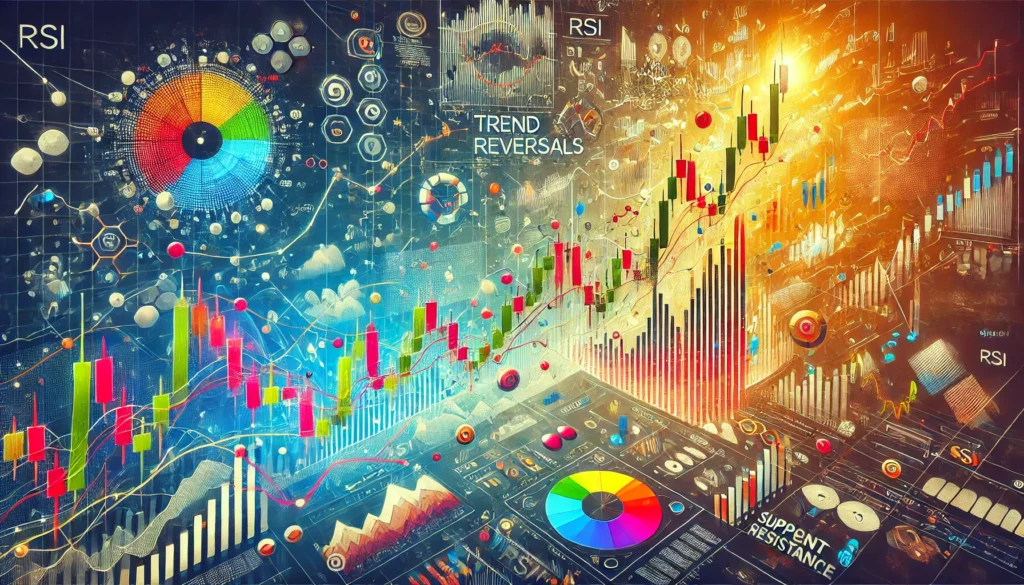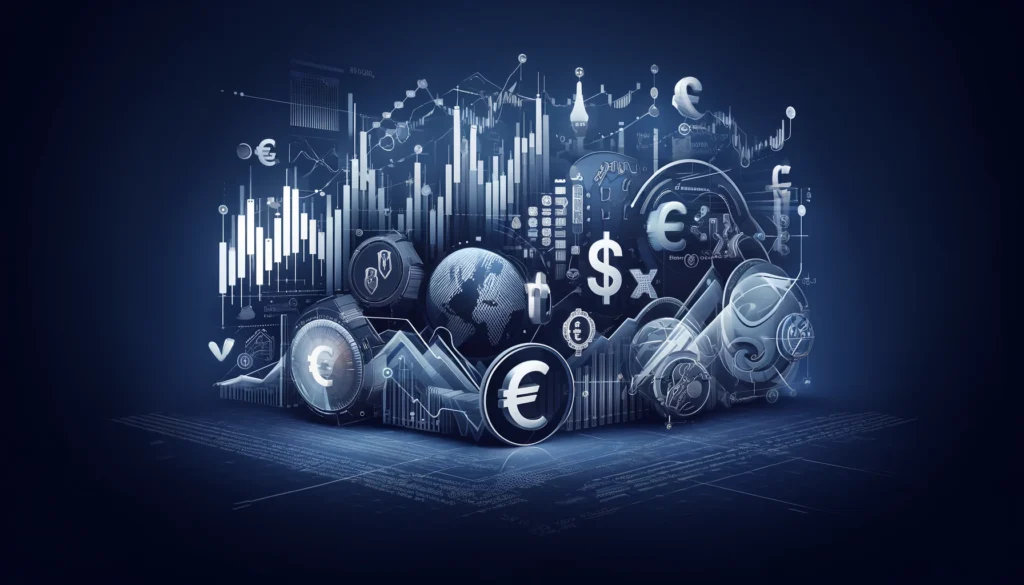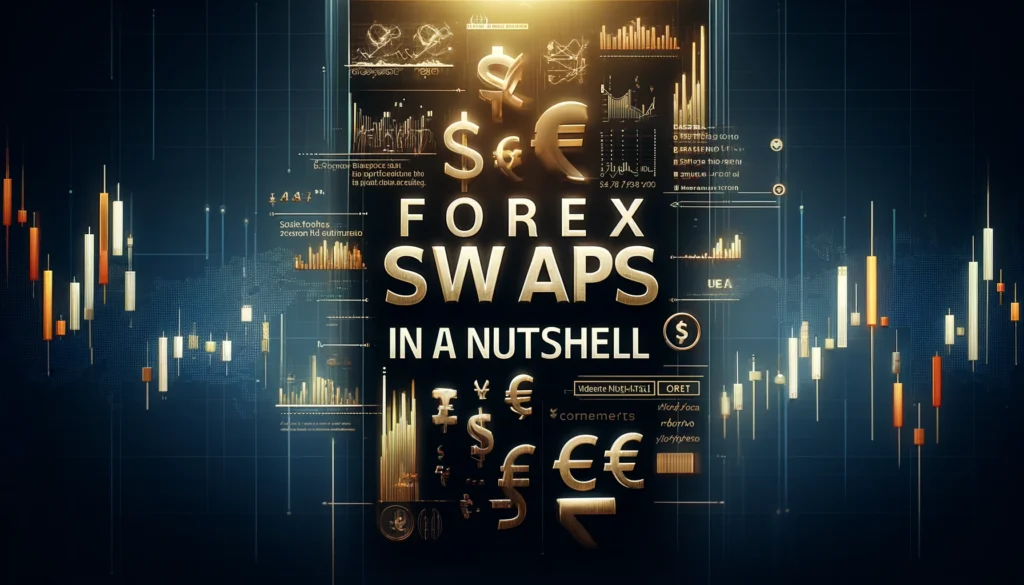Automated forex trading has revolutionized the way traders engage with the forex market. By utilizing trading robots, also known as expert advisors (EAs), traders can execute trades automatically based on pre-defined criteria. While automated forex trading offers numerous benefits, it also comes with inherent risks. This article explores the advantages […]
Market Conditions
Nassim Taleb is widely regarded as one of the most influential and insightful thinkers in the field of trading and risk management. His work has significantly impacted the way traders and investors approach market uncertainties and volatility. This article explores Taleb’s contributions to the world of trading, his unique philosophies, […]
Forex trading strategies are essential for navigating the volatile and dynamic forex market. One effective approach is the Two Waves strategy, which focuses on identifying and trading with market waves. This article explores the Two Waves strategy in detail, including its principles, application, and advantages. What is the Two Waves […]
Pivot point indicator is a popular technical analysis tool used by forex traders to identify potential support and resistance levels. These levels help traders make informed decisions about entry, exit, and stop-loss points. In this article, we will explore the concept of pivot points, how they are calculated, and how […]
The Average True Range (ATR) is a popular technical analysis indicator used by forex traders to measure market volatility. Developed by J. Welles Wilder Jr., ATR provides valuable insights into the degree of price movement within a given period. This article delves into the concept of ATR, its calculation, and […]
In the dynamic world of forex trading, strategies are essential for navigating the volatile market. One such effective strategy is reversal trading. This technique involves identifying points at which a trend is likely to reverse direction. Understanding and mastering this strategy can provide traders with significant advantages, enabling them to […]
Scalping in forex trading involves making numerous trades over short periods to capture small price movements. Metatrader 4 (MT4) robots, or Expert Advisors (EAs), can automate this process, enhancing efficiency and profitability. Here are ten MT4 robots specifically designed for profitable scalping. 1. Forex Scalping EA Key Features: High-Frequency Trading: […]
Investors often seek stable and reliable investments to safeguard their wealth while achieving steady growth. Among the various investment options, blue chip stocks stand out as a popular choice. These stocks represent companies with strong financial performance, a history of stable earnings, and a reputation for reliability. This article delves […]
Effective risk management is crucial for any trader looking to achieve long-term success in the financial markets. Whether you are trading stocks, forex, commodities, or cryptocurrencies, understanding how to manage risk can mean the difference between consistent profits and devastating losses. This article will explain the essentials of risk management, […]
Forex trading involves various concepts and terms that traders need to understand to navigate the market effectively. One such term is the “Forex Swap.” In this article, we will explain what a Forex Swap is, how it works, its importance, and how traders can use it to their advantage. What […]



